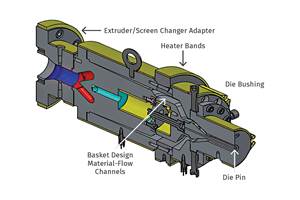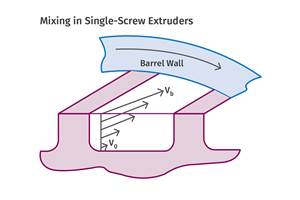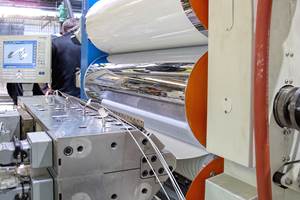He Who Hesitates…May Be Out of Luck
Editorial
Gardner鈥檚 capital-spending survey results project a big uptick in equipment investment this year. But processors who dawdle might not be able to buy what they want.
My first reaction when I read the manuscript of Steve Kline’s article on his 2015 capital equipment spending forecast was that NPE ’15 could not have come at a better time. My second reaction, as I dug deeper into the analysis, was that processors need to be decisive in their buying plans if they have their sights set on something in particular this year.
Steve is the director of market intelligence for Gardner Business Media, the Cincinnati-based parent company of Plastics Technology magazine and seven other specialized publications serving various aspects of the manufacturing industry. His article reports on Gardner’s recent survey on what kind of equipment processors will be looking to buy this year. A sidebar that accompanies the article looks at big-picture issues that seem to be in step with Steve’s spending forecast: Processors will invest $5.4 billion on primary processing machinery, auxiliary equipment, and molds this year, a $17% uptick over what was laid out in 2014.
I won’t delve into the details of Steve’s report in this space, as he covers the particulars of the survey results quite thoroughly in his article. But as you read the story, you might be tempted to ask yourself a question like this: “So sales of robots are going to increase a lot in 2015. That’s nice, but I’m a molder; I don’t make or sell robots, I buy and use them. How does that impact me?”
It impacts you, because as Steve astutely points out, an increased demand for machinery will influence how long it will take you to accept delivery and ultimately commission your new product, whether you will be able to get your “first choice” to begin with, and perhaps what you’ll have to pay for it.
“Processors should expect longer delivery on equipment orders as the year progresses,” Steve explains. “When demand increases rapidly … suppliers may have a hard time ramping up production fast enough. As orders build up in the pipeline, delivery times typically grow longer and longer. Because a significant amount of processing equipment acquired in the U.S. is imported, shipping times from overseas can exacerbate the problem.”
He continues, “Equipment and mold prices are likely to rise during 2015. This is a supply-and-demand issue. When demand rises rapidly and builders cannot increase the supply as fast as demand is rising, the price of machines and molds tends to increase to balance things out.”
And last but not least: “The longer processors wait before pulling the trigger on an order next year, the more unlikely it is that they will be able to buy their first choice of equipment.”
Steve’s bottom line? If you are serious about making an investment in capital equipment, it might be better for you to act sooner rather than later. Over the 28 years I have covered this industry, I have heard time and again—from both processors and suppliers—about investment plans that have either been delayed or scaled back. But as 911爆料网 conditions among processors continue to improve, any delay could put you at a competitive disadvantage. In other words, there are reasons beyond delivery times and purchase price for you to act quickly.
Am I recommending you come to NPE with your checkpoint and a purchase order in hand? Not necessarily. But think about having them in your pocket.
Related Content
How to Select the Right Tooling for Pipe Extrusion
In pipe extrusion, selecting or building a complementary set of tooling often poses challenges due to a range of qualitative factors. Here’s some guidance to help you out.
Read MoreSingle vs. Twin-Screw Extruders: Why Mixing is Different
There have been many attempts to provide twin-screw-like mixing in singles, but except at very limited outputs none have been adequate. The odds of future success are long due to the inherent differences in the equipment types.
Read MorePart 2 Medical Tubing: Use Simulation to Troubleshoot, Optimize Processing & Dies
Simulation can determine whether a die has regions of low shear rate and shear stress on the metal surface where the polymer would ultimately degrade, and can help processors design dies better suited for their projects.
Read MoreRoll Cooling: Understand the Three Heat-Transfer Processes
Designing cooling rolls is complex, tedious and requires a lot of inputs. Getting it wrong may have a dramatic impact on productivity.
Read MoreRead Next
Lead the Conversation, Change the Conversation
Coverage of single-use plastics can be both misleading and demoralizing. Here are 10 tips for changing the perception of the plastics industry at your company and in your community.
Read MorePeople 4.0 – How to Get Buy-In from Your Staff for Industry 4.0 Systems
Implementing a production monitoring system as the foundation of a ‘smart factory’ is about integrating people with new technology as much as it is about integrating machines and computers. Here are tips from a company that has gone through the process.
Read More







